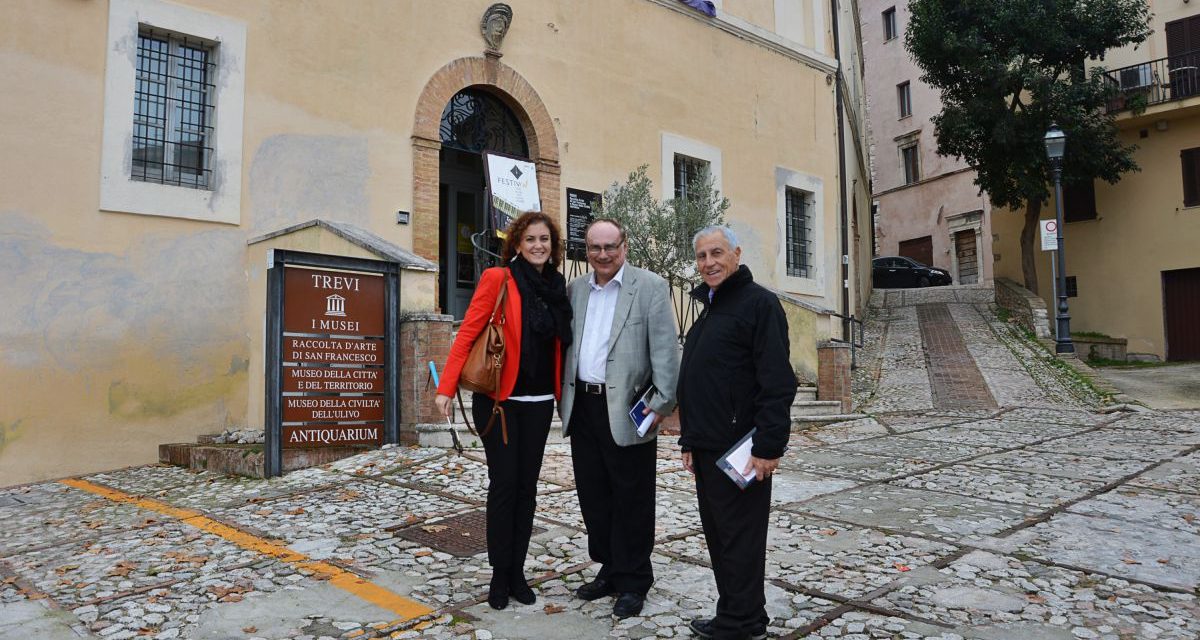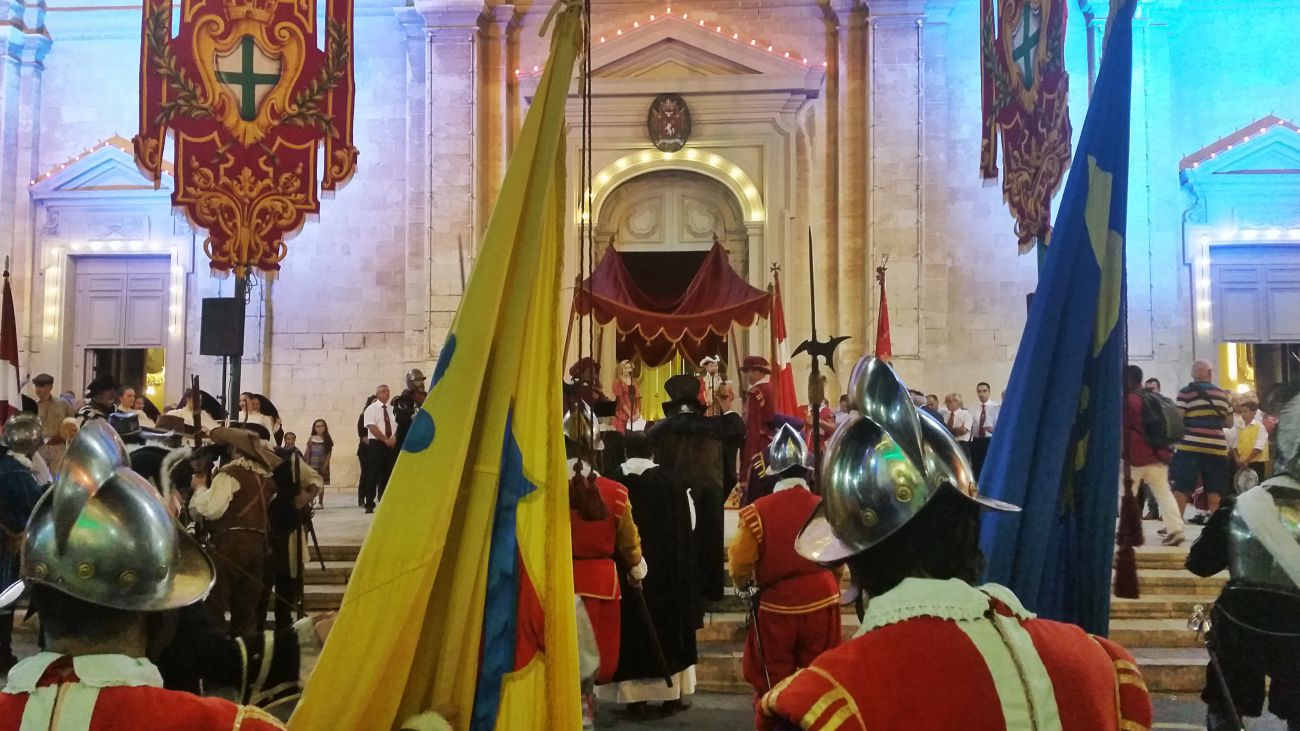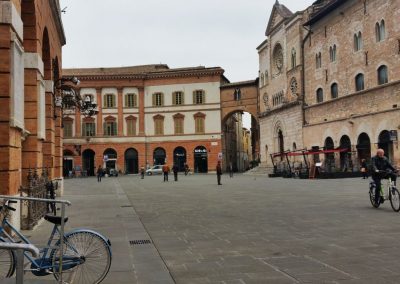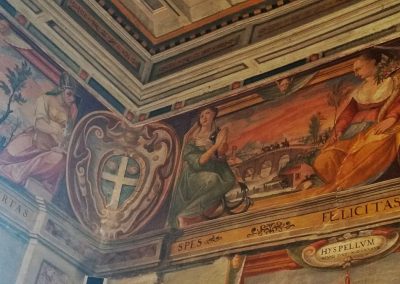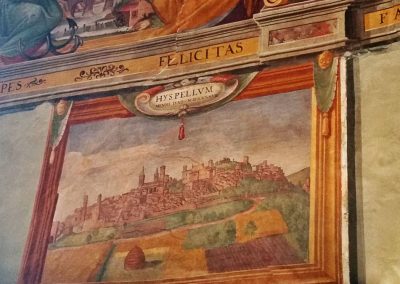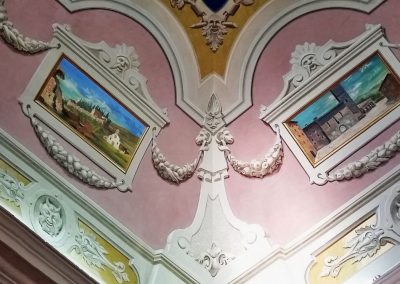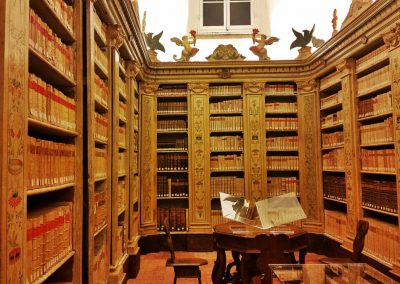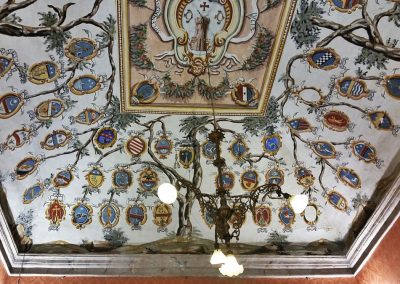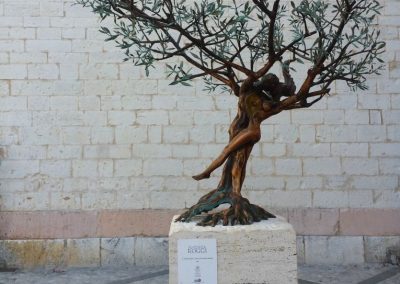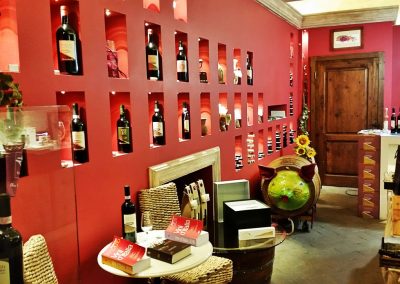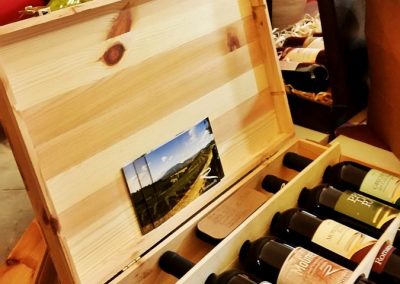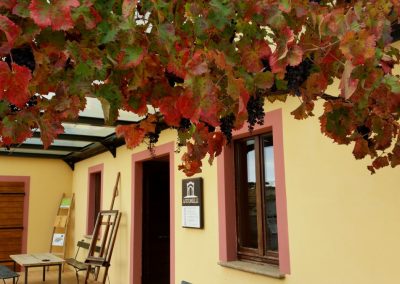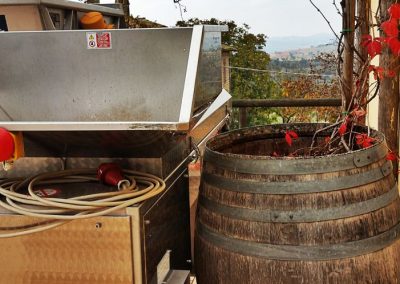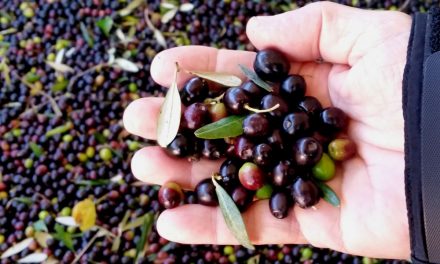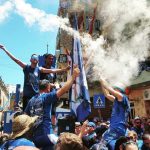The oilve tree, symbol of peace and Mediterrenean Heritage
Dear explorers I’ve noticed that people who live abroad tend to find links between their home land and the place where they now live. As I am an explorer living in Malta I did the same, in this research of similarities I found that the olive tree is not only a symbol of peace but it is also a symbol of cultural heritage that connects all the Mediterranean Countries.
In fact, as I told you in my previous article, click here, I discovered that from the ancient Egypt, the Greeks, Phoenicians and Romans the olive tree was cultivated all around the Mediterranean, arriving also to Malta and in my region Umbria, in the central area of Italy, as is shown in the displays below (pictures personally taken in the “Museum of the Civilization of the Olive Oil” in Trevi, Umbria).
Therefore, when I saw the Zejt iz-Zejtun Festival, the Festival of the olive oil in Zejtun that is held at the end of September, I thought: “Ah! That’s a perfect link with my country!”.
Let me explain. In Italy we have a long tradition and a excellent specialization in the production of local products, like olive oil, which is an authentic Mediterranean typical product, while other products that enter in the so called “Mediterranean diet” like tomatos, corn, potatoes etc. were actually imported from South America and Asia.
When I came to Malta, I found an English influence in the local cuisine and I found it strange. You know, Malta in the centre of the Mediterranean presents butter on bread instead of a tasty bruschetta with extravergine olive oil?
I believe that an exploration of the gastronomy of a place can tell us the story of that place, the people who ruled there and the traditions that they brought during the times which influenced the culture and the customs of that place.
Thus, when I went to Zejtun I was surpriced of a Feast dedicated to our heritage, the olive oil!
In this article I would like to share with you a bit more of the meeting between the Local Action group of the Xlokk area with the one of Valle Umbria, the district of Umbria where I come from.
The purpose of the meeting was indeed a cultural exchange regarding our common history as Mediterranean people and a sharing of knowledge about the technology in the olives processing. Click here to see the previous article and our visit to two Umbrian olive mills in Spello and Trevi.
That is Foligno, my city and the group from Zejtun was welcomed by the Mayor who gave them the flag of the city and the book about the tradition of the olive cultivation in Umbria. It was not only the Festival of the Olive Oil in Umbria but also in Foligno there was the Festival of the Honey (Mielinumbria) and the Autumn typical products (Autunno in Piazza).
Now I reveal to you a historical curiosity that binds again Malta with Umbria and the central-south area of Italy. It was the mayor of Zejtun to reveal it to me. Frederick the Second of Swabia (1194-1250), Emperor of the Holy Roman Empire, was fighting against the Pope and when he conquered the city of Celano, in Abruzzo region, he sent all the people in exile to Zejtun with whom Celano is twinned. Inside the beautiful Medieval Local Council Palace of Foligno we found the room dedicated to Frederick the Second. In fact, we discovered that he lived his first five years just in Foligno (you will see the room in the picture with the painting of the young Frederick the Second presented to the Pope).
For more info about Foligno click here
Then we went to visit the lovely town of Trevi where we were welcomed by the ex vice Mayor, Mr Gianluca Tribolati, who showed us the Museum of the “Civilization of the Olive Oil”.
Inside the museum, you will see a picture of a statue and next to it the picture of a particular olive tree. Well in an old code of the 9th century AC. is reported that the first bishop of Trevi, Saint Emiliano, was tied to a young olive tree and martyred by beheading, it was the 304 AD. So that statue is the representation of Saint Emiliano and that olive tree is believed to be the millenary tree of the Saint. You will notice that Umbria is covered by olive tree and actually there are different varieties of olives that give a different taste to the olive oil. In the museum there is also a reproduction of an old olive mill and of the old tools for processing the olives.
For more info of the Trevi Museum, click here
Third visit was to the beautiful town of Spello, ancient Roman colony called “Colonia Julia”. We were greeted by the Mayor, Mr Moreno Landrini, who showed us the historical Local Council Palace (1270) and two beautiful rooms. The Hall of the Rescript, where you can see the large marble plaque with the Rescript of Constantine, dated to 327-335 A.D. and the Zuccari Hall, where you can see the library. This library contains about 4,000 volumes. It was formed by bringing together the libraries of religious guilds abolished after the unification of Italy. “Pearl” of the library, under the bibliographic aspect, is an incunabula printed in Venice in 1474. Spello is famous for three things:
- The Feast of the Flowers, called “Infiorata“. It is held on the Corpus Domini Day, usually end of May/beginning of June, when the Infioratori create along the alleys of the town centre stunning carpet made with flowers petals depicting religious subjects.
- For its excellent olive oil, called “The Gold of Spello”.
- For the beautiful painting of the Pinturicchio (1500) hosted in the Baglioni Chapel inside the Church of St Andrea (in the pictures below).
For more info about the palace and Spello click here
For the Maltese guests the LAG of Valle Umbria organized a visit also to the town of Montefalco, loved by Frederick the II who actually named it after his passion of the falcons (Montefalco means the mount of the falcon).
In Montefalco Mayor Mrs Donatella Tesei, welcomed us in the beautifully decorated Medieval Palace of the Local Council. She accompanied us to the Museum of San Francis, an old convent of the Franciscan monks (in the pictures you can see their old wine press and cellar). We were very lucky because the Museum was hosting for a limited special exhibition the amazing painting of “Our Lady of the Girdle” (Madonna della Cintola) majestically painted by Benozzo Gozzoli around 1450 among many other beautiful paintings by the artist.
The Mayor explained us that Montefalco is renowned not only for the production of the olive oil but also for the Sagrantino red wine. We wanted to discover more about the Sagrantino and its production, so we went to visit the Cantina Antonelli (Antonelli Wine Cellars), who kindly showed us all the secrets of wine production and offered us a great tasting.
For more info about the Montefalco museum Click Here
Form more info about the Cantina Antonelli click here
The last town we visited was Bevagna, another jewel in the Umbrian countriside. Mrs Analita Politicchia, the ex Mayor of Bevagna was so kind to welcome us and to illustrate us not only the history and the beautiful historical spots of Bevagna, like the Torti Theater that you can see in the pictures, but also she pointed out the importance of the development and promotion of the local products as messengers of culture, traditions and of the resourcefulness and hard work of the people behind them!
For more info about Bevagna click here
Bevagna is famous yes for the olive oil and wine but also for the Gaite, which are a realisitc representation of the ancient and medieval art works.
The Gaite Festival held in June sees the villagers of Bevagna dressed in medieval clothes, and all the scenes are faithfully reproduced according to accurate historical studies. We visited the Gaita of the production of the silk from the silkworm and the paper mill, an unforgettable experience that I recommend to try.
For more information about Gaite click here.
At this point I hope you enjoyed this experience of Umbria and this incredible connection with Malta.
I like to say that I used to live in Umbria, the so called “Green Heart of Italy” and then I came to live to Malta, the “Heart of the Mediterranean”, so my journey was “a journey heart to heart”…
Ps. Did you know that the Mayor of Zejtun found that the word “Gaita” is also in the Maltese dictionary and actually means a group of people that work together, who share somenthing together?… Amazing, isn’t it? And there are also other many connection, with the Baroque but this is another story 🙂
Thanks to Joe Attard, President of the LAG Xlokk and the Vicepresident Mr Philip von Brockdorff, to Mr Enrico Testa, General Secretary and Mr Gianpiero Fusaro President of LAG Valle Umbria to have supported this first meeting.
A special thanks to the Mayors of Foligno, Trevi, Spello, Montefalco, Bevagna and to Frantoio Spello, Frantoio Gaudenzi, Cantina Antonelli and Gaite Bevagna.
For more info about Umbria Region click here
For more info about LAG Valle Umbria click here and for the LAG Xlokk click here

